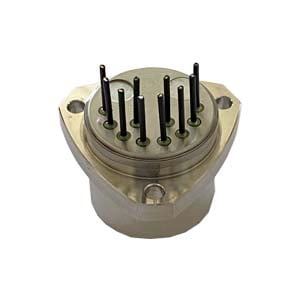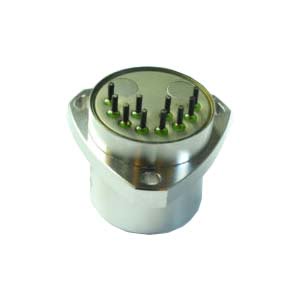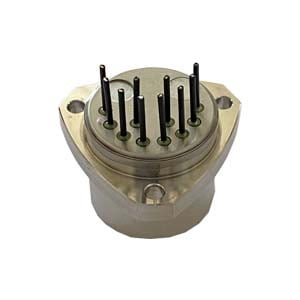Modern mobile and on-board terminals contain an increasing number of sensors, gyroscopes, accelerometers, magnetometers, photoreceptors, and more. In principle, the essence of these sensors is the same, which is the process of converting changes in the external environment into electrical signals that the communication system can understand. Sensors such as thermometers and light sensors are very easy to understand because of their single function, while gyroscopes, accelerometers and magnetometers overlap in actual functions because of their complex principles and structures, but each has its own characteristics and limitations. It is easy to get confused about its application.
An accelerometer is used to measure acceleration. With a three-axis accelerometer, the direction of movement of a fixed platform relative to the earth's surface can be measured, but once the platform moves, the situation becomes more complicated. If the platform does free fall, the acceleration value measured by the accelerometer is zero. If the platform performs acceleration movement in a certain direction, each axial acceleration value will include the acceleration value generated by gravity, making it impossible to obtain the true acceleration value. For example, a three-axis accelerometer installed on a 60-degree roll-angle aircraft will measure a 2G vertical acceleration value, in fact, the relative area surface of the aircraft is an inclination of 60 degrees. Therefore, using an accelerometer alone cannot keep the aircraft on a fixed heading. As a high-performance quartz accelerometer, ER-QA-03A uses high-quality quartz material to achieve high-precision acceleration measurement, with high reliability and stability, and its special flexible structure enables it to adapt to high acceleration applications under various environmental conditions, such as high temperature, high pressure and high vibration environments.
A gyroscope measures the angular rate of rotation of the body about an axis. When a gyroscope is used to measure the axial rotation angle rate of the aircraft body, if the aircraft is rotating, the measured value is non-zero. When the aircraft is not rotating, the measured value is zero. Therefore, the roll rate measured by a gyroscope on an aircraft with a roll angle of 60 degrees is zero. Similarly, when the plane is flying horizontally and straightly, the angular rate value is zero. The current roll angle can be estimated by time integration of the angular rate value, provided there is no accumulation of errors. The value measured by the gyroscope will drift over time, and additional errors will accumulate after a few minutes or even seconds, which will eventually lead to a completely wrong perception of the aircraft's current horizontal roll angle. Therefore, using a gyroscope alone cannot maintain a specific heading of the aircraft.
In short, the accelerometer's measured value (determining the airplane's heading) is correct for a long time, but there is an error due to the presence of signal noise in a short time. Gyroscopes are more accurate in a short period of time, and there are errors in drift and drift in a long period of time. Therefore, both (adjust each other) are required to ensure the correct course.
The difference between accelerometers and gyroscopes
Accelerometers and gyroscopes are both sensors used to sense changes in vibration or displacement of structures, but there are some important differences between them.
1. Different measurement methods
The accelerometer mainly measures the acceleration of the structure, while the gyroscope mainly measures the angular acceleration and angular velocity of the object. Their measurement methods are different, so they are suitable for different vibration test occasions.
2. The measurement direction is different
The accelerometer mainly measures the vibration acceleration of the structure in the x, y and z directions, while the gyroscope mainly measures the angular velocity of the object in the x, y and z axes. Therefore, they are suitable for vibration tests that are not coaxial upwards.
If you want to get more details about accelerometer,pls visit https://www.ericcointernational.com/accelerometer/
More Technical Questions
1.What is Sensitivity and Measurement Range in Quartz Accelerometer?
2.Quartz Accelerometer VS MEMS Accelerometer
3.Why do we Need Accelerometer?
4.What is the Purpose of the Accelerometer Senor?
5.What can you do with an Accelerometer?
6.What Is The Functional Difference Between A Gyroscope And An Accelerometer?
Products in Article







